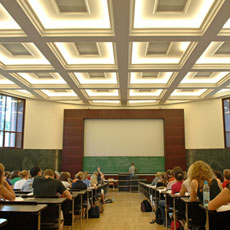
Eight Lessons about Student Learning and What They Mean for You
A new edition of a classic book on the curriculum suggests eight lessons from the learning literature with implications for course and curriculum planning. Any list like this tends to simplify a lot of complicated research and offer generalizations that apply most, but certainly not all, of the time. Despite these caveats, lists like this are valuable. They give busy faculty a sense of the landscape and offer principles that can guide decision making, in this case about courses and curricula.





